Intro
Learn about belly button hernia repair surgery, including umbilical hernia treatment, laparoscopic repair, and recovery times, to alleviate abdominal pain and discomfort with minimally invasive procedures.
The belly button, also known as the navel or umbilicus, is a small depression in the abdomen where the umbilical cord was once attached. While it may seem like a simple anatomical feature, the belly button can be prone to various issues, including hernias. A belly button hernia, also known as an umbilical hernia, occurs when part of the intestine or other tissue bulges through a weak spot in the abdominal wall near the navel. This condition can be painful and may require surgical repair. In this article, we will delve into the world of belly button hernia repair surgery, exploring the benefits, working mechanisms, steps, and other key information related to this topic.
Belly button hernias are relatively common, affecting approximately 2% of adults in the United States. They can be congenital, meaning present at birth, or acquired, resulting from factors such as obesity, pregnancy, or straining during bowel movements. Symptoms of a belly button hernia may include a visible bulge or swelling near the navel, discomfort or pain, especially when coughing or lifting heavy objects, and nausea or vomiting. If left untreated, a belly button hernia can lead to complications like incarceration, where the bulging tissue becomes trapped, or strangulation, where the blood supply to the trapped tissue is cut off.
The importance of addressing belly button hernias cannot be overstated. If you are experiencing symptoms or have been diagnosed with a belly button hernia, it is essential to consult with a healthcare professional to discuss treatment options. In many cases, surgical repair is the most effective way to alleviate symptoms and prevent complications. With advancements in medical technology and surgical techniques, belly button hernia repair surgery has become a relatively safe and successful procedure. In the following sections, we will explore the benefits, working mechanisms, and steps involved in this surgical procedure.
Belly Button Hernia Repair Surgery Benefits
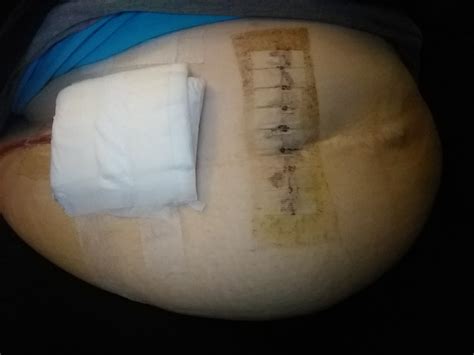
Types of Belly Button Hernia Repair Surgery
There are two primary types of belly button hernia repair surgery: open repair and laparoscopic repair. Open repair involves making a single incision near the belly button to access the hernia, while laparoscopic repair uses multiple small incisions and a laparoscope (a thin, lighted tube with a camera) to visualize the hernia. Laparoscopic repair is generally less invasive and may result in less postoperative pain and scarring. However, the choice of procedure depends on various factors, including the size and location of the hernia, as well as the patient's overall health and medical history.Working Mechanisms of Belly Button Hernia Repair Surgery
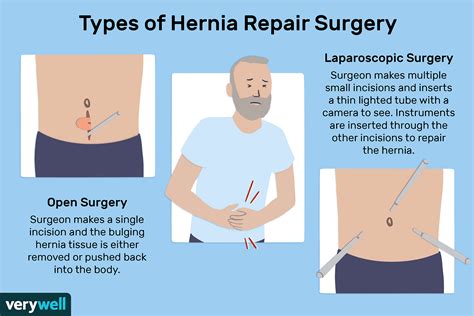
Steps Involved in Belly Button Hernia Repair Surgery
The steps involved in belly button hernia repair surgery can be broken down into several key phases: * Preparation: The patient is prepared for surgery, including administering general anesthesia and positioning the patient on the operating table. * Incision: The surgeon makes the necessary incisions, either a single incision for open repair or multiple small incisions for laparoscopic repair. * Dissection: The surgeon carefully dissects the hernia sac and reduces the bulging tissue back into the abdominal cavity. * Mesh placement: The surgeon may use a mesh material to reinforce the weakened area of the abdominal wall. * Closure: The surgeon closes the incisions, either with sutures or staples, and applies a dressing to the wound.Practical Examples and Statistical Data
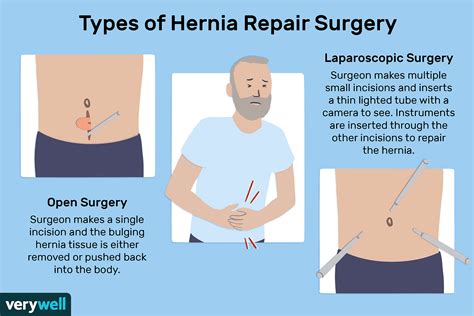
Risks and Complications of Belly Button Hernia Repair Surgery
As with any surgical procedure, there are risks and complications associated with belly button hernia repair surgery. These may include: * Infection: As with any surgical procedure, there is a risk of infection with belly button hernia repair surgery. * Bleeding: Excessive bleeding during or after the procedure can be a complication. * Adhesions: The formation of adhesions, or scar tissue, can occur after surgery and may lead to bowel obstruction or other complications. * Recurrence: There is a risk of hernia recurrence after repair, especially if the underlying cause of the hernia is not addressed.Recovery and Aftercare
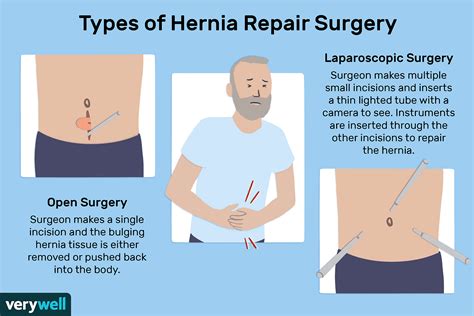
Tips for a Smooth Recovery
To ensure a smooth recovery after belly button hernia repair surgery, consider the following tips: * Follow the surgeon's instructions for postoperative care and medication. * Keep the wound clean and dry to prevent infection. * Avoid heavy lifting or strenuous activities for several weeks. * Engage in gentle exercise, such as walking, to promote healing and prevent blood clots. * Attend follow-up appointments with the surgeon to ensure proper healing.Conclusion and Final Thoughts
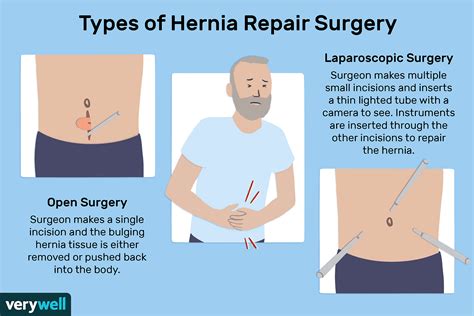
We invite you to share your thoughts and experiences with belly button hernia repair surgery in the comments below. If you have any questions or concerns, please do not hesitate to reach out. Additionally, we encourage you to share this article with others who may be interested in learning more about this topic.
What is a belly button hernia?
+A belly button hernia, also known as an umbilical hernia, occurs when part of the intestine or other tissue bulges through a weak spot in the abdominal wall near the navel.
What are the symptoms of a belly button hernia?
+Symptoms of a belly button hernia may include a visible bulge or swelling near the navel, discomfort or pain, especially when coughing or lifting heavy objects, and nausea or vomiting.
What are the benefits of belly button hernia repair surgery?
+The benefits of belly button hernia repair surgery include significant relief from symptoms, prevention of complications, and improved appearance of the belly button.
What are the risks and complications of belly button hernia repair surgery?
+Risks and complications of belly button hernia repair surgery may include infection, bleeding, adhesions, and recurrence of the hernia.
What can I expect during the recovery process after belly button hernia repair surgery?
+During the recovery process, patients can expect to spend several hours in the recovery room, follow a gentle exercise routine, and avoid heavy lifting or strenuous activities for several weeks.
